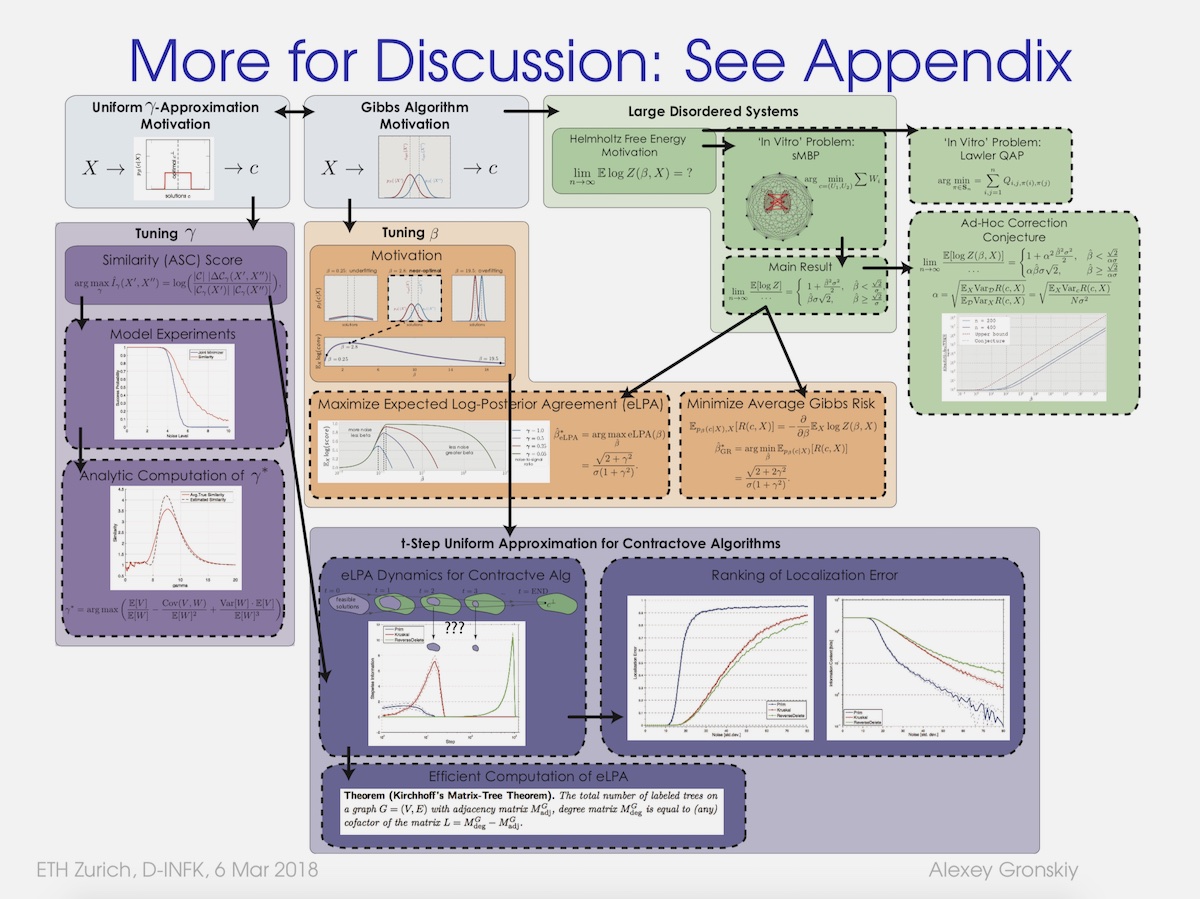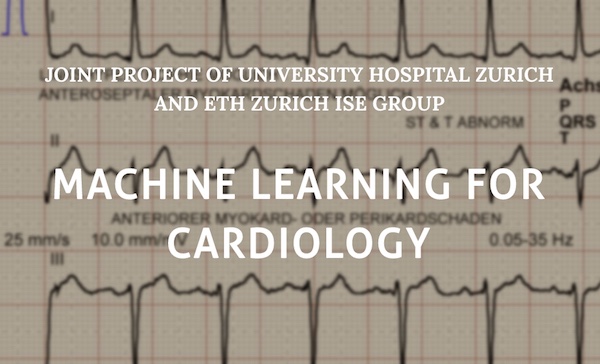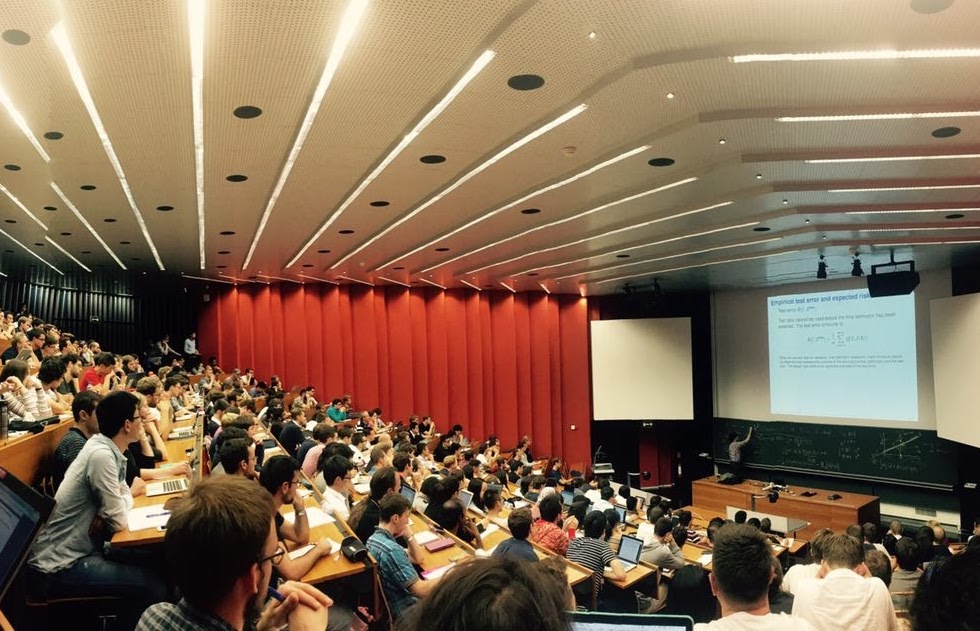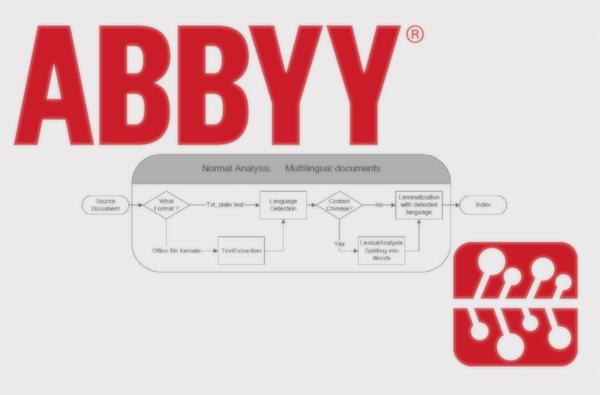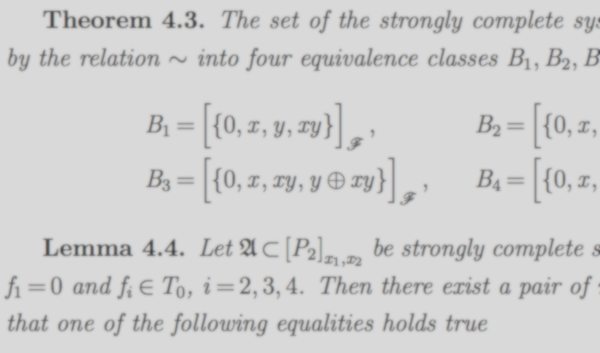Daedalean AI: Vision-based Authonomy in the Air

With the emerging market of small electrical aircraft, automonomy becomes crucial. Giving an aircraft "eyes" that can not only see, but also understand, is extremely challenging. Traditional means of navigation such as GNSS or radio are unreliable for the lower airspace where flights according to visual flight rules (VFR) prevail.
At Daedalean I have the honour of working side-by-side with a brilliant team of engineers and pilots. As part of its ML/DL unit, I'm responsible for pipeline design, implementation, and verification of machine learning-based subsystems such as object detection for collision avoidance, which interact with more classical computer vision algorithms and use certifiable (airworthy) hardware to run on.
- Daedalean-Volocopter flight tests demo [YouTube]
- Avionics International and eVtol publications featuring AI subsystems.
PhD: Statistical Mechanics and Information Theory for Inference
Statistical mechanics is a powerful tool for modeling of large systems that feature some kind of disorder (a.k.a. "disordered systems"). It is tightly connected to Shannon's information theory, the latter being able to explain complex patterns of system self-organization via notions of entropy and information. In my thesis, I considered inference and optimization on large structured systems (graphs) and tried to study its properties via the machinery provided by the above disciplines, leading to some non-trivial mathematical results.
Question Answering by Reformulation
"Active Question Answering by Reformulation" refers to an idea of generating possible semantically "corrected" reformulations of the original question in a hope that one of these reformulations yields a better answer than the answer to the original question.
In 2017, I worked on the reformulated answers aggregator with Google Research Europe. During an internship, I developed several models for semantic question answering and reached internal baselines for e.g. SQuAD dataset. The system was later open-sourced. See link for details.
Machine Learning for Cardiology
In 2016, together with S. Bauer I started a collaborative research project of ETH and University Hospital Zurich, the CardioML. The goal of the project consisted in obtaining medically interpretable features which enable us to tell real (and dangerous) acute coronary syndrome from its numerous similarily-looking siblings (e.g. the broken heart syndrome). I supervised several students' theses on the topic.
Teaching at the ETH
Teaching constituted a considerable part of time during PhD studies, and I loved it, doing it with sometimes even over-commitment. I was a TA for
- Machine Learning core course; e.g. my tutorial on Density Estimation;
- Statistical Learning Theory advanced course.
For me, teaching is an opportunity to both deepen my knowledge and transfer findings which amazed me to the others. The rapidly changing shape of modern education process poses a great challenge for teaching, and we should take it with all due respect.
ABBYY Compreno NLP
In 2010-2012, I worked as a C++ SWE for ABBYY, the leading software company for corporate OCR and text processing solutions. I worked on NLP as a part of famous Compreno Project, specifically on Morphological/Lexical Analysis SDK and Smart Classifier. Gained extensive C++ experience in various forms as well as expertise in project development (full cycle from architecture design through several iterations to release). (pictures from www.abbyy.com)
Metric Properties of Boolean Functions
At the Mathematics department of MSU, I was specializing in discrete mathematics, where I worked under supevision of Prof. Dr. Alexander Ugolnikov on metric properties of Boolean functions. I managed to obtain some interesting results on completeness classes of metric embeddings of two-variable Boolean functions into the Hamming metric space, with important counterexamples in case of higher number of variables. Possible applications would include e.g. circuit complexity or coding theory.
